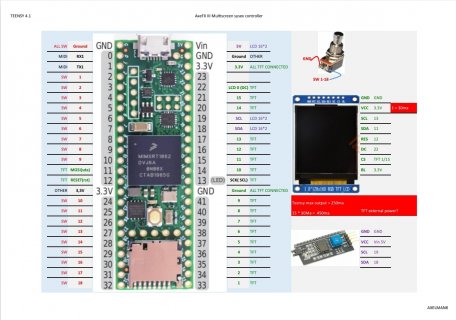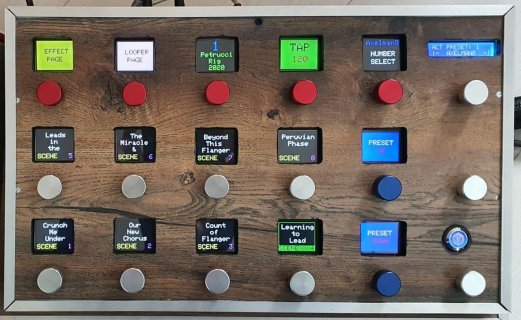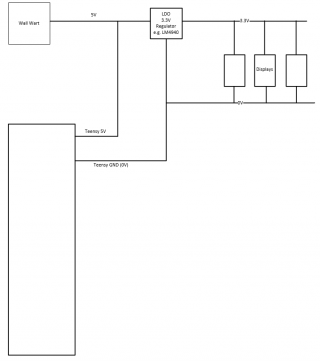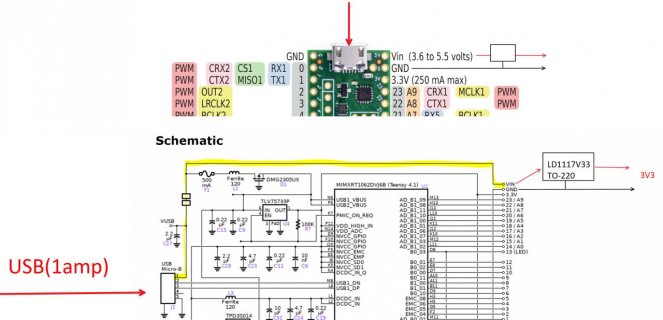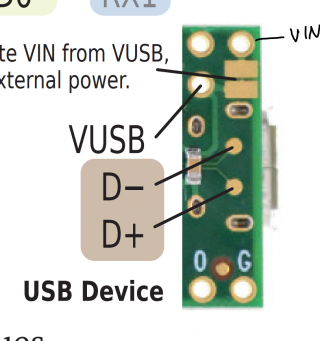So i have a project that will have 8 to 24 74HC595s, I've tested 8 of them together using 4k7 resistors + PWM on the OE pin of the 595s to lower their brightness to prevent drawing too much current from the 3v3 regulator on the teensy, however i would like to increase the brightness significantly and i'm afraid that as i add more 595s and increase the brightness by lowering the resistor values for led's and removing the PWM i'll reach the recommended 250mA cap of the built in 3v3 regulator of the Teensy.
So basically i'm wondering if it's a safe/common practice to add an additional 3v3 regulator to step down the 5v power supply. Then using the external 3v3 supply to power the 595s while leaving the internal regulator on the teensy alone.
Aside from the obvious (sharing the ground and NOT joining the external and internal regulator's output) would there be any issues since the VCC of the 595s would be supplied by an external 3v3 regulator and the logic from the teensy's internal regulator?
BTW I'm using a 4.0 for this project.
So basically i'm wondering if it's a safe/common practice to add an additional 3v3 regulator to step down the 5v power supply. Then using the external 3v3 supply to power the 595s while leaving the internal regulator on the teensy alone.
Aside from the obvious (sharing the ground and NOT joining the external and internal regulator's output) would there be any issues since the VCC of the 595s would be supplied by an external 3v3 regulator and the logic from the teensy's internal regulator?
BTW I'm using a 4.0 for this project.


